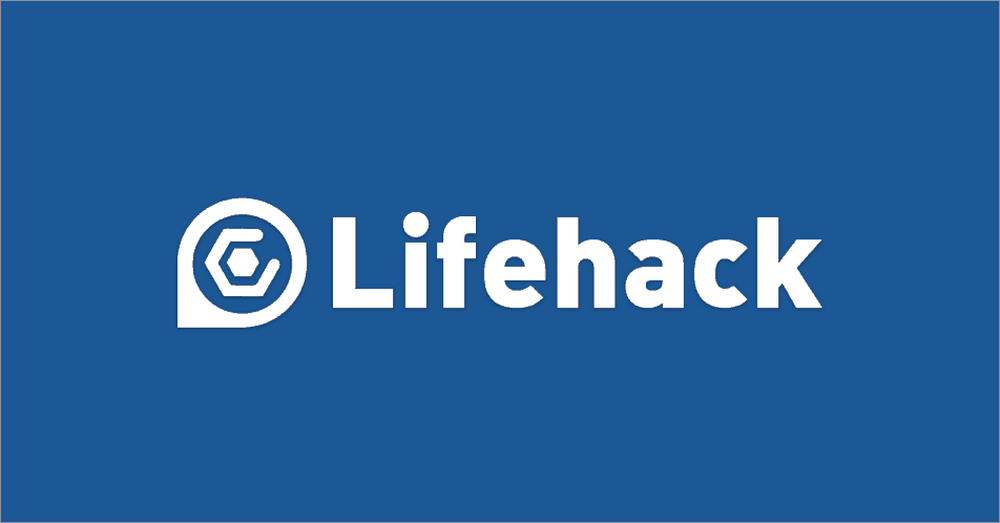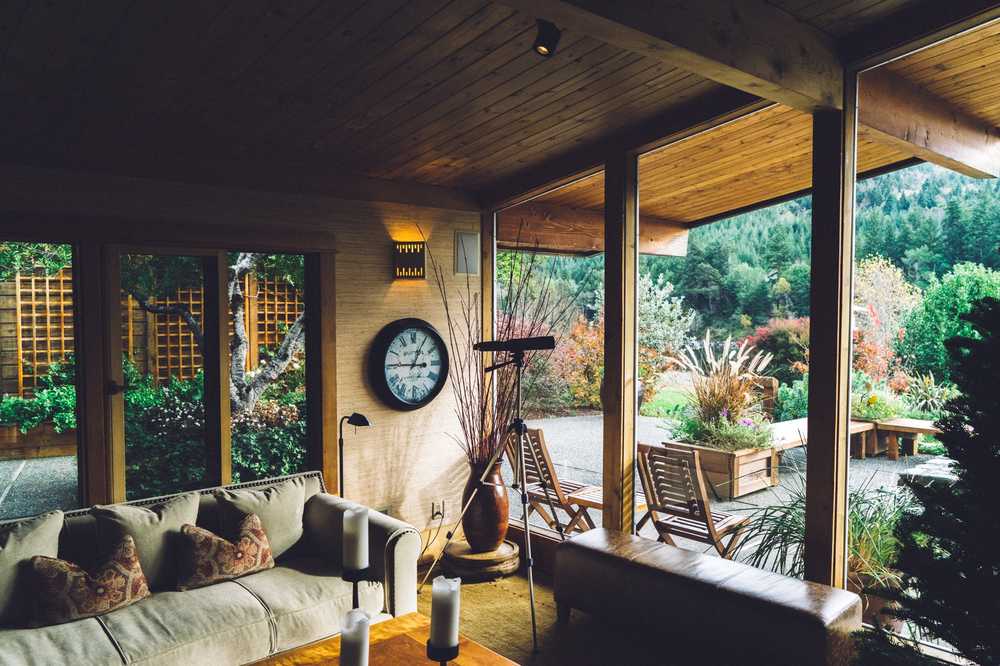
Theodore Horn
0
2204
525

Most people enjoy a good nap now and then, but are you really utilizing their full power?
A correctly performed nap can give you a great boost in energy, focus, and concentration, but a poorly executed nap can leave you groggy and more tired than when you started.
Several cultures around the world use a “siesta” in the afternoon to stay productive, and many workers in the U.S. have reported success avoiding afternoon drowsiness with a nap. Some people (myself included) have even excelled on nothing but six well times naps per day, during polyphasic sleep. Advertising
Taking six naps per day has given me a chance to design the perfect nap. Here's how:
Get the timing right
The single most important aspect of a nap is making it the right length, and it requires a little background explanation to understand why. Advertising
It turns out that dreaming is the most important part of sleep. Test subjects who were deprived of dreams (meaning they were woken up when they started to dream, but otherwise allowed to sleep as much as they wanted) performed on tests as if they had not slept at all. Furthermore, the longer they were deprived of dreams, the more frequently their brains attempted to start dreaming. Mice who were deprived of dreams for more than a few weeks died!
You may have noticed this on your own if you ever took a quick nap, and vividly remembered your dreams afterwards. When exhausted, you will tend to dream more.
So what does this all mean? It means that your goal during a nap is to enter the REM sleep phase quickly (this is where most dreaming occurs), and to wake up as soon as the REM sleep phase is over. If you sleep past the REM phase you'll enter deeper phases of sleep and it will be really difficult to get up! Advertising
Read Next

10 Small Changes To Make Your House Feel Like A Home

What Makes People Happy? 20 Secrets of “Always Happy” People

How to Sharpen Your Transferable Skills For a Swift Career Switch
Scroll down to continue reading articleThe only reason this is difficult is that everyone sleeps differently. For most people, their optimal nap time (where they can wake up just as they finish REM) is between 15 and 30 minutes, but you'll have to test to find yours precisely.
What makes it more difficult is that you have to take into account how long it takes you to fall asleep. When you are first perfecting your naps, it could take quite a while to fall asleep, so I'd suggest starting with a 30-35 minute nap, and working your way down.
Don't be surprised if after a 30 minute nap you are exhausted. You may have gone right through REM into a deeper sleep phase. It will feel like being woken up in the middle of the night, and during these times I've had trouble with even the most basic tasks like keeping my balance or forming sentences. Advertising
Each day, try a different length of nap, reducing the time by 3-5 minutes, and record your energy levels. As you learn to fall asleep quicker, and close in on your optimal time, you'll notice a remarkable thing: it's possible to wake up from a nap totally refreshed and alert!
This is the sweet spot you are searching for. Next week, I'll delve further into optimal light and sound conditions for power napping, and show you a little trick I use to fall asleep anywhere (airports, desks, couches, etc).
Brian Armstrong is an entrepreneur who sleeps 2-3 hours per day using polyphasic napping. He became financially free running his own business at the age of 23, and today seeks to help others quit the 9-to-5 corporate world to start their own business. For more great tips visit his blog.











